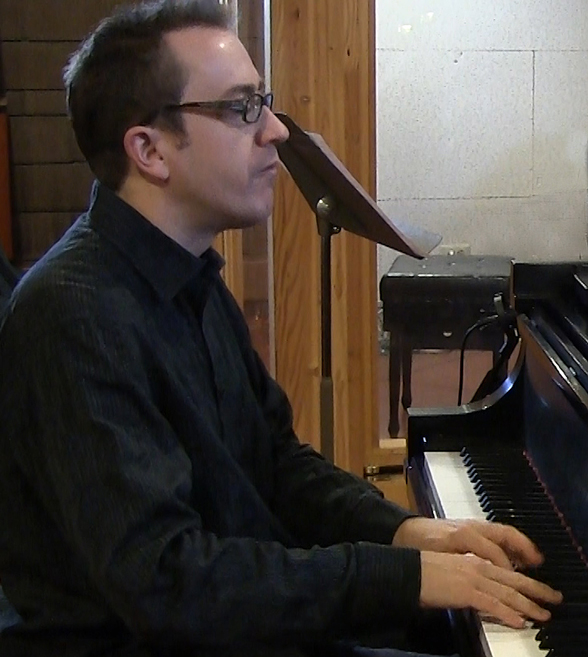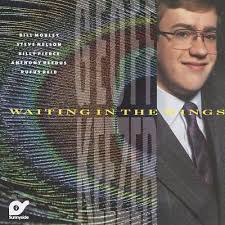Angular in melody and irregular in form, Tropopause is quite an advanced little song—especially at the "burning" fast tempo on the recording. The first three measures of melody, a scrambling and sinuous burst of eighth-note lines, are played by the horns alone followed by a rhythm section chord hit in the next measure, tied over to create a five-measure opening phrase. The next six measures feature brief, slightly funky (but still angular) melody phrases, over piano and bass hits every three beats. A final measure has more hits leading directly into the solos. The chords seem a bit random but many are united by their dissonant qualities—often triads over roots a half step higher (such as F/F♯), or sus chords with the third in the bass (such as A♭9sus/C).
Solos can be open—time with no changes—around an F key center. There is also a modal optional solo section, which saxophonist Billy Pierce plays on in the recording; 36 measures long, it goes between F Phrygian, E Lydian, G/A♭ (A♭ whole/half diminished scale is good for this one) and C Phrygian.
The head is also used as an interlude between the solos. Each soloist plays the first three measures in turn after their respective solo (indicated as 1 in our lead sheets and parts), leading to a D.S. to the fourth measure to finish out the head. On the recording, drummer Tony Reedus is the last soloist; he plays the melody rhythm at 1 to cue the D.S. for the out head.
A Condensed Score and second parts are available for the quintet arrangement from the recording. The horns are harmonized in fourths in the first three measures of the in head.
The first melody phrase sounds like it's based on a 12-tone row; however, though all 12 pitches are eventually used in this phrase, there are no complete rows.
The advanced qualities of this song are all the more impressive given that the composer was only 17 years old when
Tropopause was recorded! We have several more songs available from
this album. Trumpeter
Bill Mobley and saxophonist
Billy Pierce, as well as vibraphonist
Steve Nelson who played on a few other songs on "Waiting In The Wings," also recorded together on Keezer's fifth album as a leader, "Other Spheres" in 1992.
The word "tropopause" refers to the boundary between the troposphere and stratosphere layers of Earth's atmosphere. For another uptempo song with a similarly brief, busy melody and open-ended solos, check out drummer
Tony Reedus'
The Far Side.


